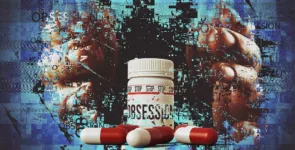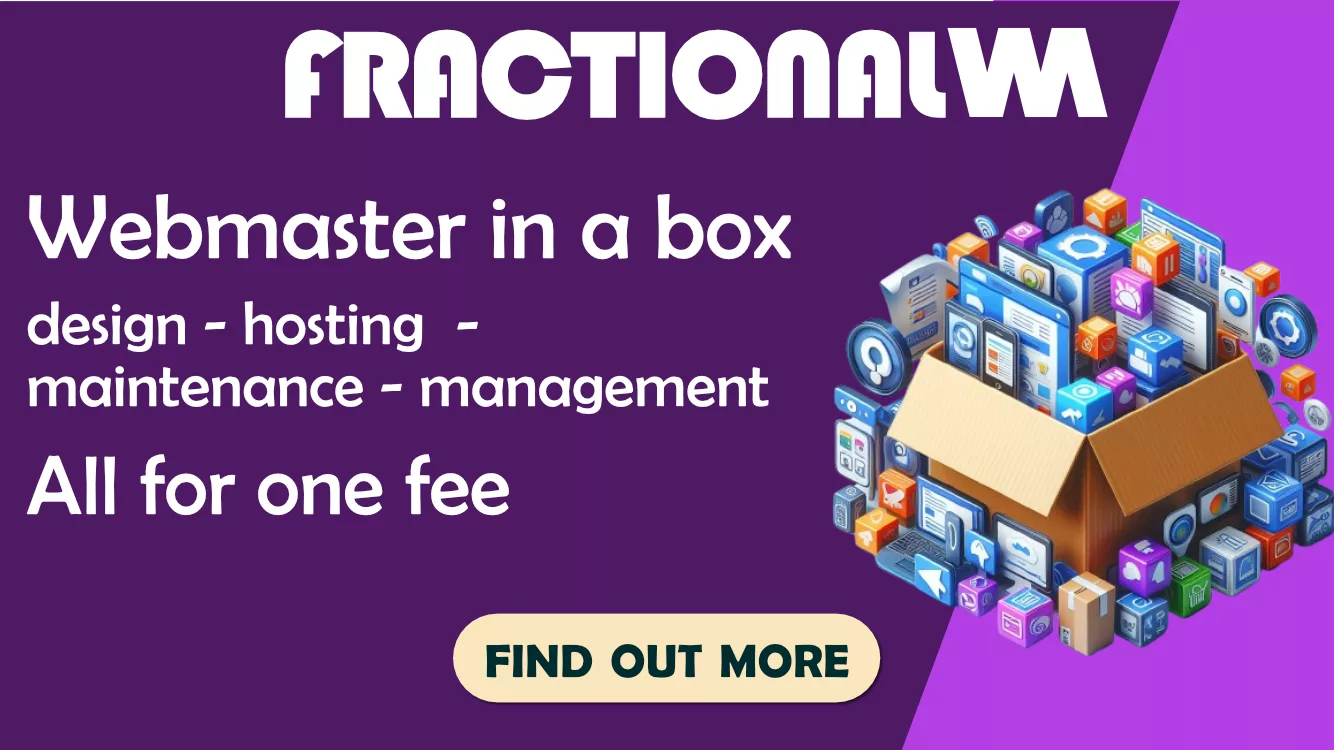Addiction doesn’t always look the way people expect. It isn’t just someone falling asleep in a parking lot or disappearing for days. It can also be a sharp-dressed professional who hits their targets at work, smiles on Zoom calls, and quietly crumbles when no one’s watching. Behind closed doors, addiction slips into every kind of life — not just the ones that scream “trouble.” And in a digital world where everything moves at full speed, treatment options have had to evolve to keep up.
Today’s addiction treatment landscape isn’t built just for the stereotypical cases. It’s becoming more adaptable, more nuanced, and yes, more effective — especially when it’s taken seriously early on. But cutting through the noise and understanding what actually works can feel like trying to fix a leaky pipe with 12 different kinds of tape. So let’s get into it — the real types of treatment that are actually helping people get their lives back, one day at a time.
Why People Need Different Kinds of Help, Not Just One
No two addictions are exactly alike. That’s part of what makes treatment tricky — and part of what makes it so personal. Some people are struggling with alcohol, some with prescription medication, some with stimulants, and some with a combination of substances. What’s more, people come into recovery with different backgrounds, different work pressures, and very different reasons for using in the first place.
There’s no one-size-fits-all fix, and that’s probably a good thing. One person might benefit from a 30-day inpatient program with full medical supervision. Another might need something much less intense but more flexible, like outpatient counseling sessions built around their job. Searching rehab sites for more info is a great place to start, especially for professionals who work for companies such as Boeing, Sysco, or AstraZeneca and don’t want to broadcast what they’re going through. Quiet research opens the door. It’s the first move that tells the brain, “You’re not ignoring this anymore.” And that simple step can make all the difference.
Outpatient Programs Are Quietly Transforming Recovery
Outpatient care used to be seen as the easier, softer way — something you did if you weren’t “that bad.” But that attitude has shifted, fast. These days, outpatient treatment is one of the most respected ways to treat addiction, especially for people who need to stay functional while they heal. That might mean a person continues showing up to work while they also attend therapy sessions, peer support meetings, or even medication appointments.
This model works well for people who are in high-pressure jobs, especially in tech and business, where taking 30 days off to disappear might not be a real option. Outpatient treatment respects the life someone has already built — and helps them protect it, rather than dismantling it. It leans heavily on accountability, structured support, and community, all without pulling someone out of their daily rhythm. And for many people, that makes it sustainable in the long run.
That said, this only works if someone is genuinely committed. The flexibility can be a gift or a trap, depending on how much someone wants recovery. The people who make real progress are the ones who show up, again and again, even when they’re tired or frustrated or tempted. They take the structure seriously. They participate fully. And eventually, they start taking control of their choices again — not all at once, but steadily.
Inpatient Programs Still Matter — Especially for Breaking the Cycle
For people who are physically dependent on substances or caught in a pattern of daily use, inpatient programs can be life-saving. These are the settings where people step away from their normal environments completely. It’s not just about detoxing in a medical setting. It’s about pressing pause on the chaos and giving the brain a chance to reset, with real clinical support and 24/7 monitoring.
This kind of treatment is intense by design. It forces someone to slow down. To sleep. To eat. To start noticing how their body actually feels without the blur of a substance. Many inpatient centers also build in group therapy, one-on-one counseling, and educational workshops — not to “fix” someone overnight, but to help them understand what made them vulnerable in the first place. There’s a big difference between abstaining and healing, and inpatient work leans into the second one hard.
Yes, it can be expensive. Yes, it requires time away from regular life. But for many people, that interruption is exactly what they need. There’s no Wi-Fi in your old patterns. Stepping out of them, even briefly, can be what finally makes a long-term change possible.
Tech-Supported Recovery Is Quietly Becoming the New Normal
This part often surprises people: some of the strongest tools in addiction recovery today live on your phone. Whether it’s daily check-in apps, remote therapy sessions, secure group chat platforms, or calendar-based tracking tools, digital support is showing up big in the recovery space. It’s not meant to replace in-person help — but for people who don’t live near treatment centers, or who are managing life on the go, it can be a lifeline.
Think of it like scaffolding. Digital tools let people track patterns, vent to a support group, or attend a Zoom meeting at midnight when things get hard. And because these tools are available 24/7, they remove one of the biggest hurdles: waiting for the right moment. Recovery doesn’t happen only during business hours. A lot of the hardest moments happen late at night, early in the morning, or on a random Tuesday when everything feels like too much. Being able to log on and talk to someone, even briefly, can be what keeps a person from relapsing.
It’s also a reminder that addiction treatment isn’t about removing technology — it’s about rethinking how it’s used. For people who spend their entire day plugged in, tech-based support feels intuitive. It feels like something you can actually do. That ease of access matters.
Long-Term Support Is the Piece That Holds It All Together
Treatment isn’t something that ends when you walk out of a clinic or finish your last therapy appointment. In fact, what happens after the formal treatment ends is often what determines whether someone stays sober. Long-term support isn’t flashy, and it’s not always interesting to talk about, but it’s the foundation. That can mean continuing therapy. It can mean joining recovery-based communities or getting a sponsor. It might even mean finding a sober coach or attending check-in appointments regularly for months.
The goal isn’t perfection. The goal is learning how to live your life — real life, with its emails and its bills and its surprise chaos — without needing to escape it every time something feels hard. And that takes practice. Nobody masters it in 30 days. But the people who build systems around their sobriety, who stay connected, who stay honest, are the ones who actually make it stick.
Because recovery isn’t about becoming a different person. It’s about becoming yourself, without the thing that used to blur everything.
Real Recovery, Real Lives
Addiction treatment isn’t what it used to be. It’s more flexible, more varied, and more in tune with what real people actually need. Whether it’s outpatient structure, inpatient care, tech-based tools, or long-term support, there’s no wrong door — only the door you walk through. And the sooner someone walks through it, the more life they have waiting on the other side.
Written by Lara Harper








